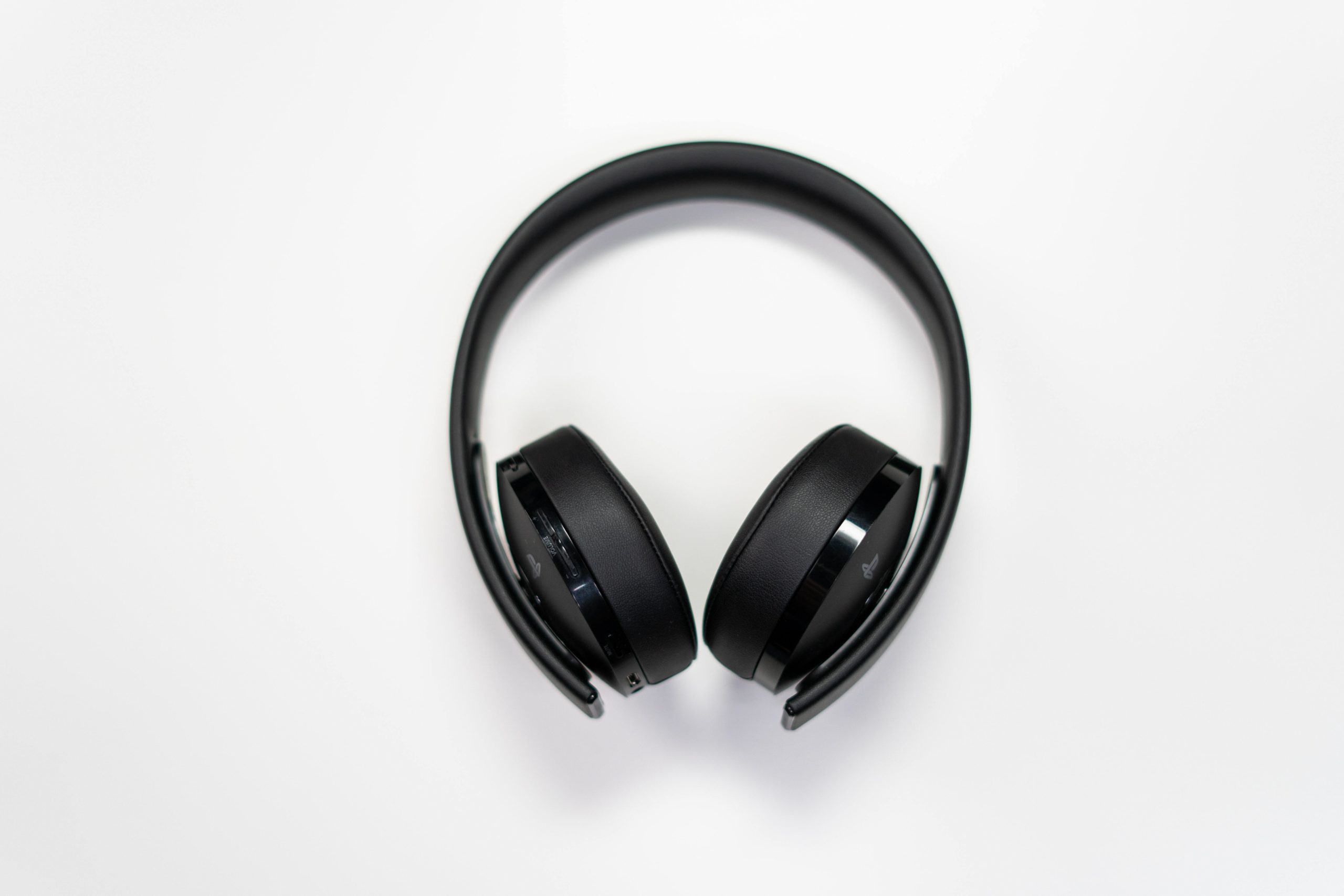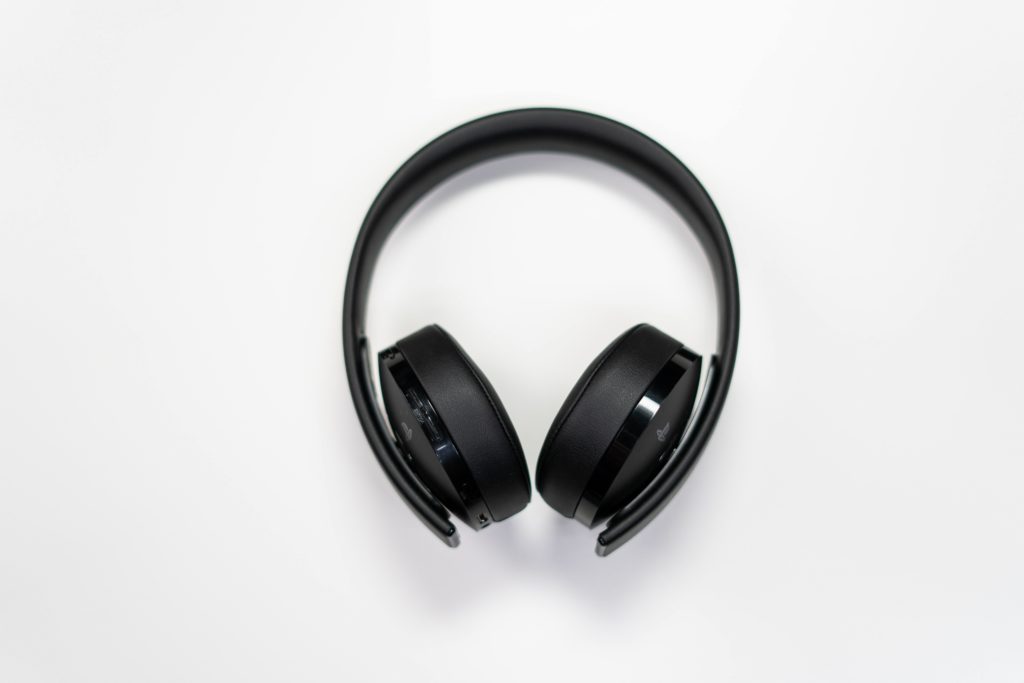
Need a new pair of headphones? Strap yourself in, because you’re in it for the long haul on this one. There are hundreds (if not thousands) of headphones and earbuds out there to consider. It’s great that there’s a wide selection, of course, but picking the perfect pair isn’t as easy as it seems.
After all, what do you need them for? Working out? The office and commuting? For listening at home? And what about specifications? Do you need a super long battery life? What about being able to drown out the world around you? All headphones fundamentally promise the same thing — to deliver great sound — but some pairs are better suited to your lifestyle.
Sure, you could always visit Amazon and nab the cheapest pair, but that’s not always a great idea. You should always do your research before buying a set of headphones, and we’ve lined up all the information you need to get started.
Which is better, over-ear headphones or earbuds?
There’s no clear-cut winner. Ultimately, it comes down to personal choice. Some people prefer the old school-feel of over-ear headphones. Others like buds that deliver tunes directly into their ears. There are benefits to both. Over-ear headphones tend to have higher-quality sound, and therefore audiophiles should focus largely on over-ear style headphones.
Earbuds meanwhile are more compact, portable, and inconspicuous. Generally, they’re better suited to fitness. Earbuds will likely suit anyone who prioritises portability — whether that’s for commuting, air travel, or taking to the gym — and anyone who gets uncomfortable from long, sweaty sessions under padded headphones.
What is true wireless?
This is a term you’ll come across a lot when researching headphones. But wireless is wireless, right? Well, not exactly. Technically there are different types of wireless headphones — particularly when it comes to earbuds.
Regular “wireless” means they are independent from the device or stereo — as in, not connected by a wire — but the buds are still wired to each other. “True wireless” means the buds are completely independent from each other and connect via Bluetooth.
Wireless over-ear headphones often aren’t “true wireless” as they’ll have an optional cable that can be plugged into your device, which is usually handy for when you run out of juice. Even so, wireless is usually the preference.
Can you still buy wired headphones?
True wireless and other kinds of wireless are certainly the preference in this increasingly Bluetooth-connected world. But that’s not to say wired headphones aren’t also an option. In fact, you’ll find a pair of wired headphones on this list. They’re often the choice of serious audiophiles as Bluetooth can cause issues with decoding high resolution file formats.
Since brands such as Apple began ditching the classic jack from their smart devices, good quality wired headphones have become harder to find, but they are out there.
What is noise cancellation?
This is another important feature that’s common in the latest headphones. It’s a built-in feature that keeps out or suppresses external noise, allowing you to fully immerse in the music without any distractions.
There are two basic types of noise cancellation — passive and active noise cancelling. Passive noise cancellation is achieved by the design of the headphones, which may physically block out noise. Active noise cancellation — or ANC — uses a system of small microphones to pick up incoming sounds and create anti-noise sound waves that cancel them out.
There are other advanced modes, such as ANC that adapts to surroundings, or a transparency mode that allows in certain ambient sounds. This is especially useful in you work in an office and need to tune into chats with colleagues, or if you commute and listen out for announcements on public transport.
What are the most important headphones features?
Some of the jargon around headphones can be confusing, so we’ve broken down some of the most important headphone features to help you pick a perfect pair:
Bluetooth codecs — These are clever bits of software that encode and decode digital audio signals. The codecs decode at a specific bitrate, which determines whether the headphones have a high or low latency (AKA lag), measured in milliseconds. Look out for headphones with low latency that support Qaulcomm’s aptX codecs, which are usually rated as the best codecs for streaming video content or hooking up to a TV.
Closed-back/open-back — Closed back headphones have completely sealed ear cups, which directs sound to your ears and keeps out ambient noise. Open-back headphones let air into the ear cup but can cause sound leakage that goes both ways — in and out. This is sometimes found on very expensive headphones for clearer, more natural sound. Closed-back are often the go-to choice for commuting and noisy environments.
Drivers — These are little cone-shaped gadgets in the ear cups that are responsible for your tunes. They convert electrical signals into sounds. In over-ear headphones they usually measure between 20mm and 50mm in headphones. In earbuds, they measure between 8mm and 15mm.
Obviously there are other things to take into consideration, but it’s important to keep these features in mind when making a purchase decision.
What are the best headphones?
We’ve checked out just about every set of headphones and earbuds, and taken notes to help you decide on your best option. Regardless of your budget or requirements, there’s a perfect pair of headphones for your needs. You just need to pick a favourite from this list.
These are the best headphones in 2021.







